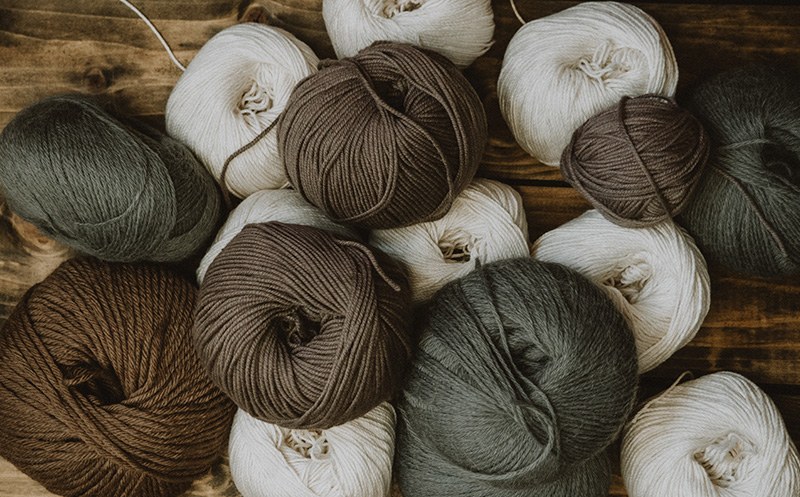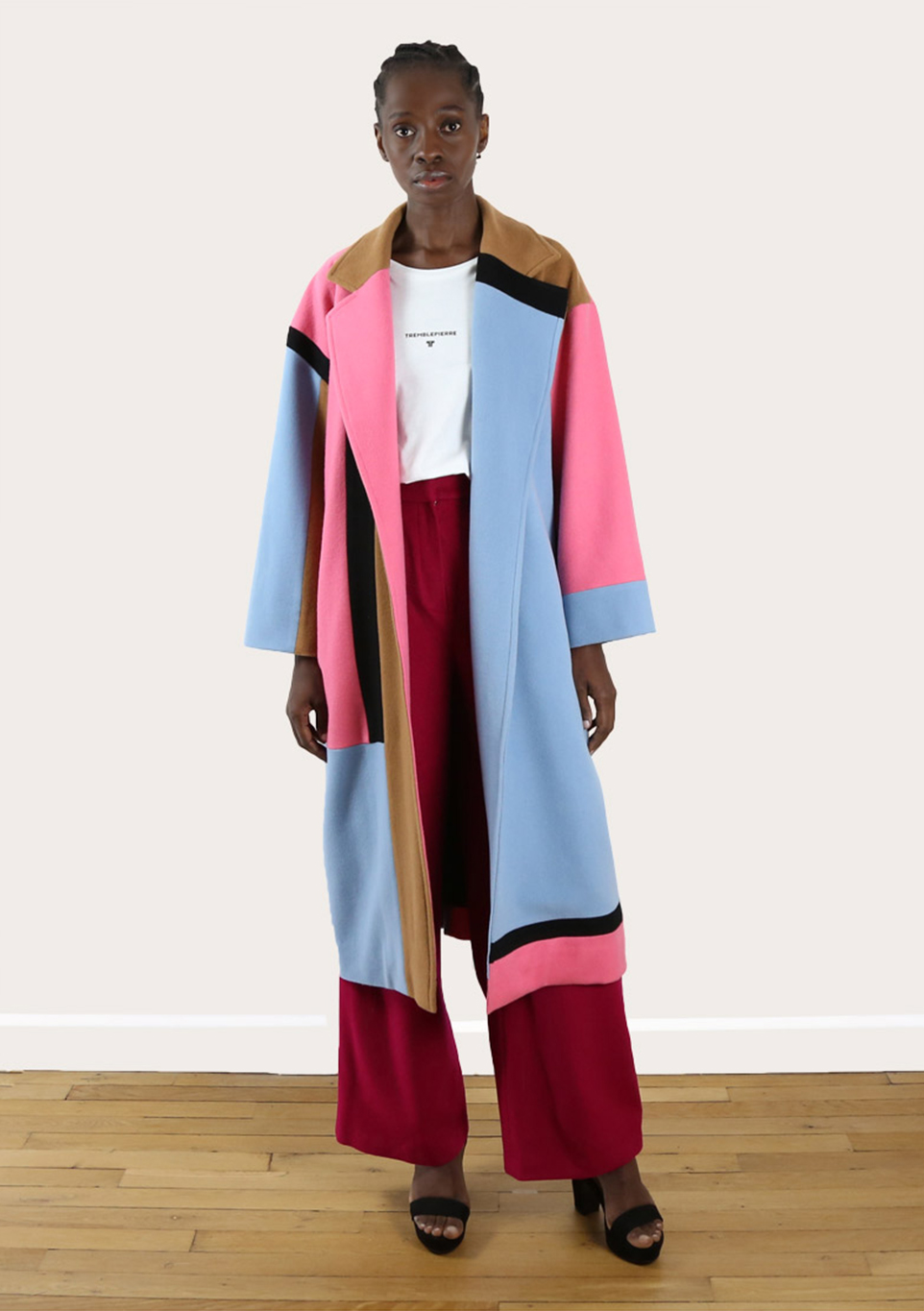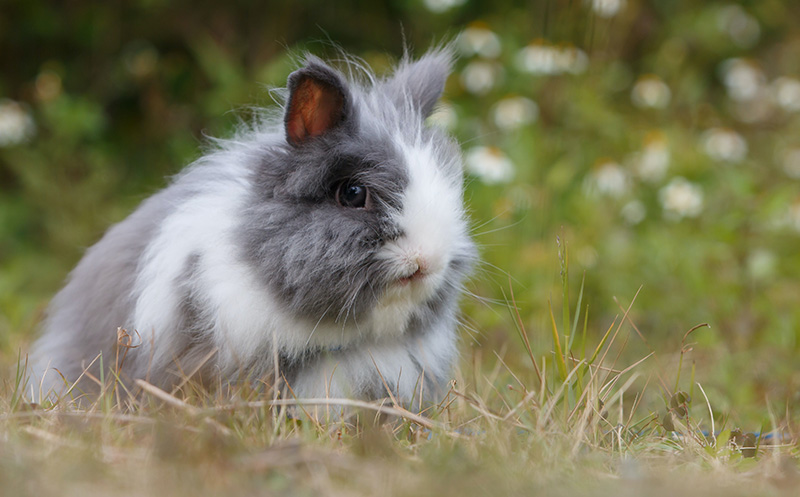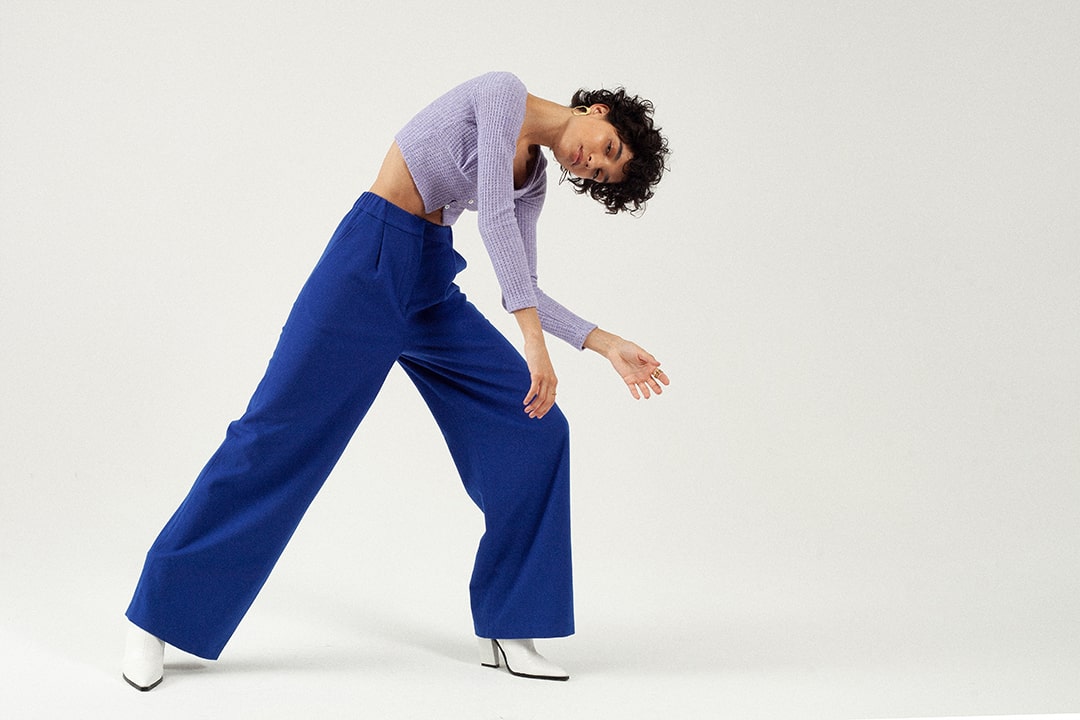
Wool, cashmere and angora: how to differentiate them?
Wool, cashmere and angora are all familiar materials. What is less well known, however, are their characteristics and the differences between them. Some of them are softer than others, but all of them are warm and perfect to protect us from the cold. To find out how to recognize them, which clothes they’re perfect for and how much they actually cost, here’s a quick overview of our three favorite materials for winter.
From where the different types of wool, angora and cashmere originate?
It is important to know that these materials are coming from different animals. It might seem obvious, but we tend to think that all wool comes from sheep! It produces the most classic wools, the most well-known being merino wool. There are different species producing wool that is used for clothes. In addition, the softer and more delicate lambswool is used to make clothes. The wool is collected by conventional shearing and then softened by weaving. The wool can come from any country in the world where sheep are raised. Cashmere, on the other hand, comes from a goat. This is the name we give to the undercoat of goats, whatever the breed. To benefit from the cashmere appellation, the wool used should be made from goat’s hairs with a diameter of less than 19.5 microns and a proportion of down 30% higher than that of the animal hairs. It is, therefore both a rare and expensive wool.
The majority of the world’s cashmere comes from Asia. Goats living in the highlands of the continent, between Mongolia and the Northern Kashmir region of India, produced the best fluff for the production of this wool.
Another goat produces wool: the angora goat. However, it is not the one that produces the angora we are familiar with ! It is also called mohair goat, because it produces the mohair wool. It also comes from Asia: it originated from Tibet.
The real angora is produced by a rabbit! It’s incredible, but true. Angora rabbits are long-haired and very thin, which makes angora almost as precious as cashmere. It is also possible that the angora fabric is made from yak hairs, or even sheep angora – to complicate the situation.
Angora is harvested by shearing the animals or by combing. The latter technique is somewhat fastidious, as is the complexity of weaving such thin hairs, which explains its price, sometimes very costly.
As with conventional wool, angora can be harvested wherever these animals are raised. A warning, however: for the angora coming from China, the mistreatment of animals is regularly denounced, which has led some major retailers to deprive themselves from using this material. There are also other types of wool such as alpaca or vicuña, cousins of the llama. However, these are rarer and less used.
How do they differ?
Sheep’s wool, cashmere and angora are so similar that the untrained eye could easily confuse them. However, there are a couple of interesting differences.
Thus, sheep’s wool generally tends to be heavy and relatively harsh. It can be itchy if placed against bare skin. It is, however, very warm, strong and very resistant to humidity. Wool is ideal for coats, for example, or oversized jumpers worn over other pieces. Wool clothes are also ideal for gloves, hats and scarves. For more softness, clothes are made by mixing the wool fibre with other softer fibres, either from other types of wool or from synthetic fibres.
The Maison Tremblepierre thus offers pieces that are both warm and soft in wool blends, like these electric trousers.
Cashmere, on the other hand, is well known for its softness. It is isothermal, and therefore just as warm as classic wool, while being significantly lighter.
It can even protect you from extreme cold temperature. It also regulates humidity, which gives it all the advantages of wool, without any of the disadvantages!
It is easier to wear cashmere against the skin. It can be worn as a thin jumper, but also as leggings or trousers. With the same properties as wool, it is also an excellent material for winter accessories.
Angora is a soft and silky material that also keeps warm. It is less airy than other wools and tends to lose some of its hair. This means that agora clothes tend to leave a mark on their path! It is a very soft and warm wool, which is worn close to the body – like cashmere. It is also more insulating and breathable than the other two wools, mainly due to its thermoregulating effect. It absorbs humidity but does not soak it up. This property makes angora the ideal partner for winter, when we go from cold to warm, sometimes without transition.
When talking about animal material, it is important to be aware of its origin. The AÉ label defends timeless fashion and promotes young designers in their artistic and environmentally committed approach. The materials used by the Maison Tremblepierre to create its creations are not produced, they are the result of upcycling: they come from the scraps of haute-couture brands. Ethics and esthetics go side by side.
Close to the body, cashmere wool and angora spread their softness against us. Oversized, they are comfortable, offer comfort, freedom of movement and add the final touch to our outfits. Why not choose large and colorful clothes?



